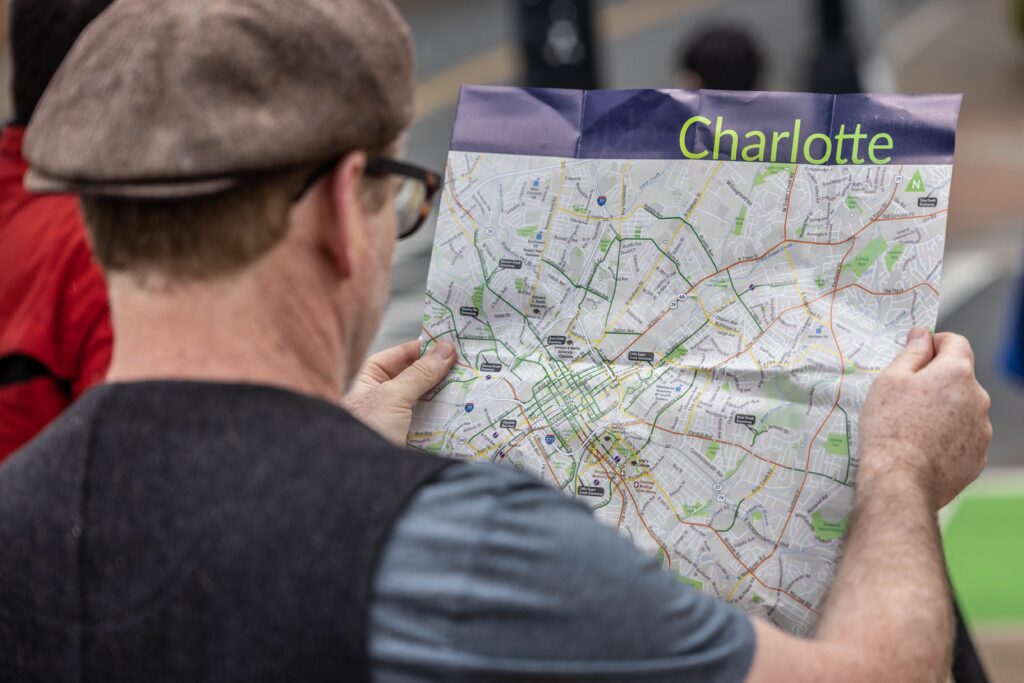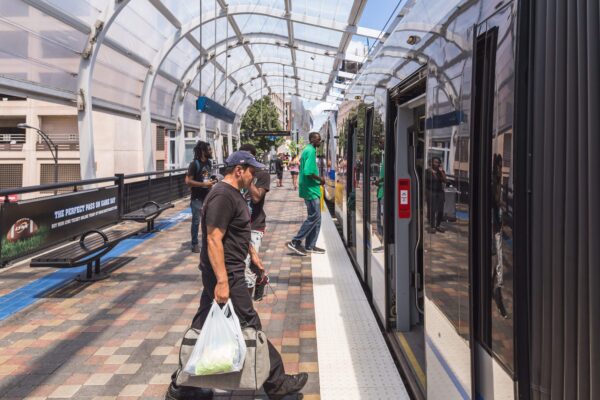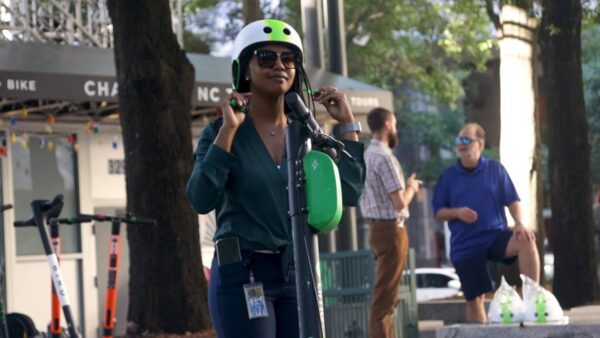The city of Charlotte outlines transportation and urban design priorities

Editor’s note: This is a guest blog post by the city of Charlotte, a sustaining sponsor of Sustain Charlotte’s Biketoberfest in 2022.
The city of Charlotte provides services to more than 870,000 residents and is implementing strategic projects to promote safety, health, and quality of life.
Charlotte Area Transit System
As Charlotte grows and changes, the Charlotte Area Transit System infrastructure must grow and change to meet the demands of transit riders in the greater Charlotte area. The current Charlotte Transportation Center located in uptown is almost 30 years old and doesn’t meet the current needs of riders as it stands.
Charlotte needs a modern mobility hub that is vertically integrated, mixed-use and provides riders with the best possible experience for their trip. Currently, CATS is leading this effort along with independent consultants to create a comfortable and safe facility that will accommodate the riders of today, and of the future.
CATS is always looking for feedback from riders. Visit ridetransit.org for upcoming public meetings on this new development.

Charlotte Department of Transportation
It’s been a busy year for mobility planning in Charlotte! The Charlotte Department of Transportation continues its efforts to build out a safe and more connected bicycle network for all Charlotteans. The Charlotte Streets Map was adopted in August and is being implemented citywide to make sure that both public and private projects provide for safe and comfortable bike facilities on arterial streets as the city continues to grow. The Charlotte Streets Manual was also adopted in August and introduces new ways to assess and mitigate for the multimodal impacts of development projects, not just traffic. We’ll also be working to implement many other actions and policies from the Strategic Mobility Plan, which was adopted in June.
CDOT also leads Vision Zero, a data-driven approach to traffic safety that focuses public dollars on areas that statistically create the most public benefit. This initiative seeks to improve public safety and end traffic fatalities through education, enforcement and engineering projects like crosswalks, bike lanes and better street lighting. CDOT is committed to continuing work with the community to increase safety, health, and mobility for all road users.
Visit charlottenc.gov/transportation to learn more about CDOT’s commitment to enhancing multimodal transportation choices.

Planning, Design & Development
The city of Charlotte’s Planning, Design & Development Department continues the work of implementing the community’s vision for growth as outlined in the adopted Charlotte Future 2040 Comprehensive Plan.
Kicking off in January 2023 are the first steps in making the vision a reality through the community area planning process and alignment rezoning project. Community area planning aims to provide neighborhood-level guidance for future growth and development, including places, mobility, open space, capital facilities, and community amenities. The alignment rezoning project will provide recommendations for zoning changes to the official zoning map that will align zoning with the community area planning vision.
Community input and engagement remain vital to the success of making Charlotte the best place to live, work and play. Visit cltfuture2040.com and charlotteudo.org to sign up and receive updates about these important projects.
Thanks for reading!
As a nonprofit, community support is essential for us to keep doing what we do — including providing free articles like this. If you found this article helpful, please consider supporting Sustain Charlotte.
Want to stay in the loop? Subscribe to our weekly newsletter and follow us on Instagram, Facebook, and Twitter.
